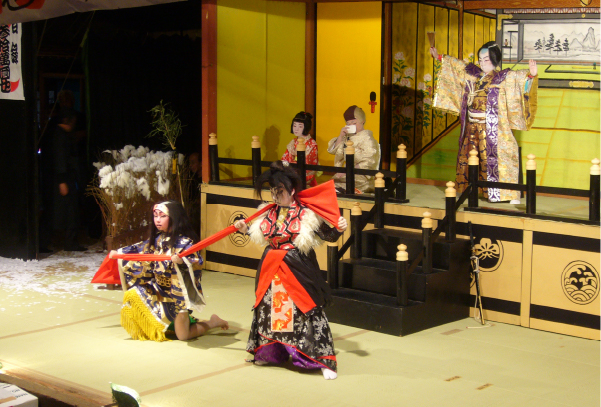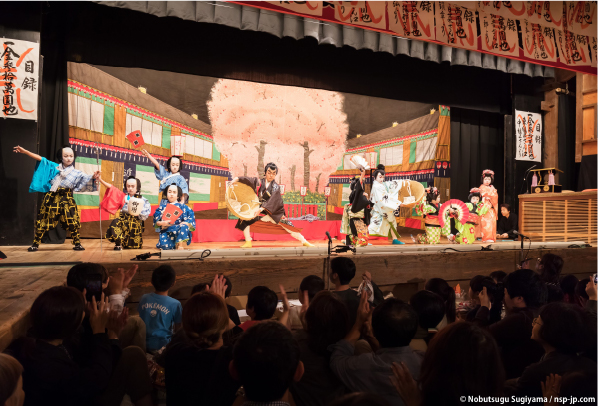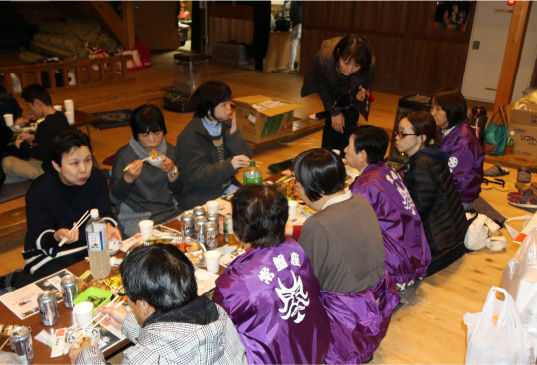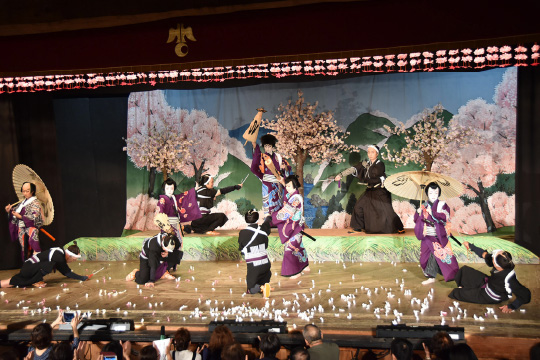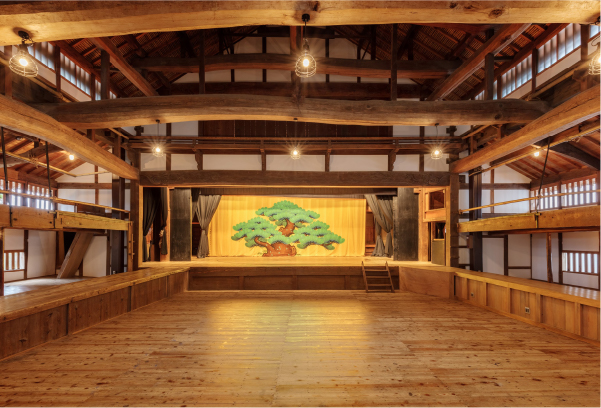1Experience Simple, Original Ji-shibai
The original form of Ji-shibai has been passed down from the Edo period and even earlier times on to the present day through surviving scripts and oral tradition.
The appearance of the original plays remains unaffected by changes in the times.
For example, even if the lines are a little difficult, the actors' expressions and voices will move and entertain you.


